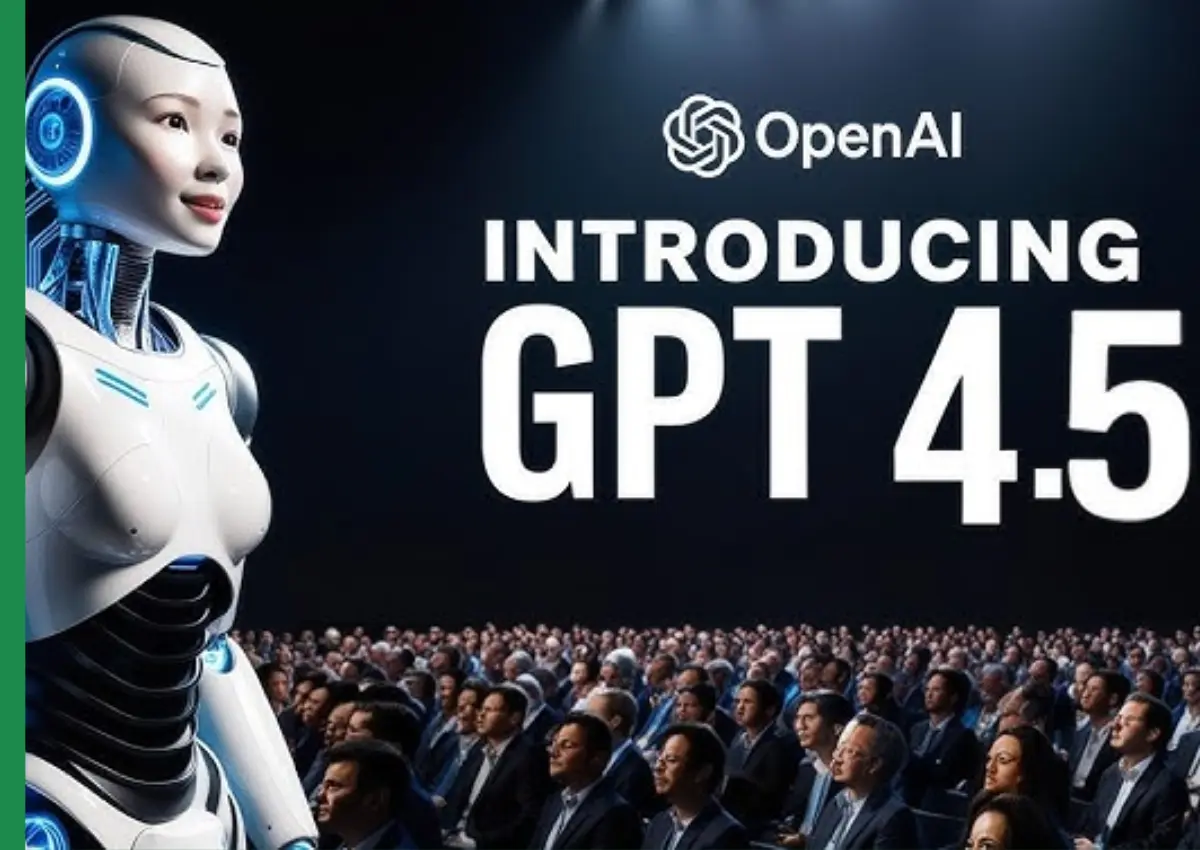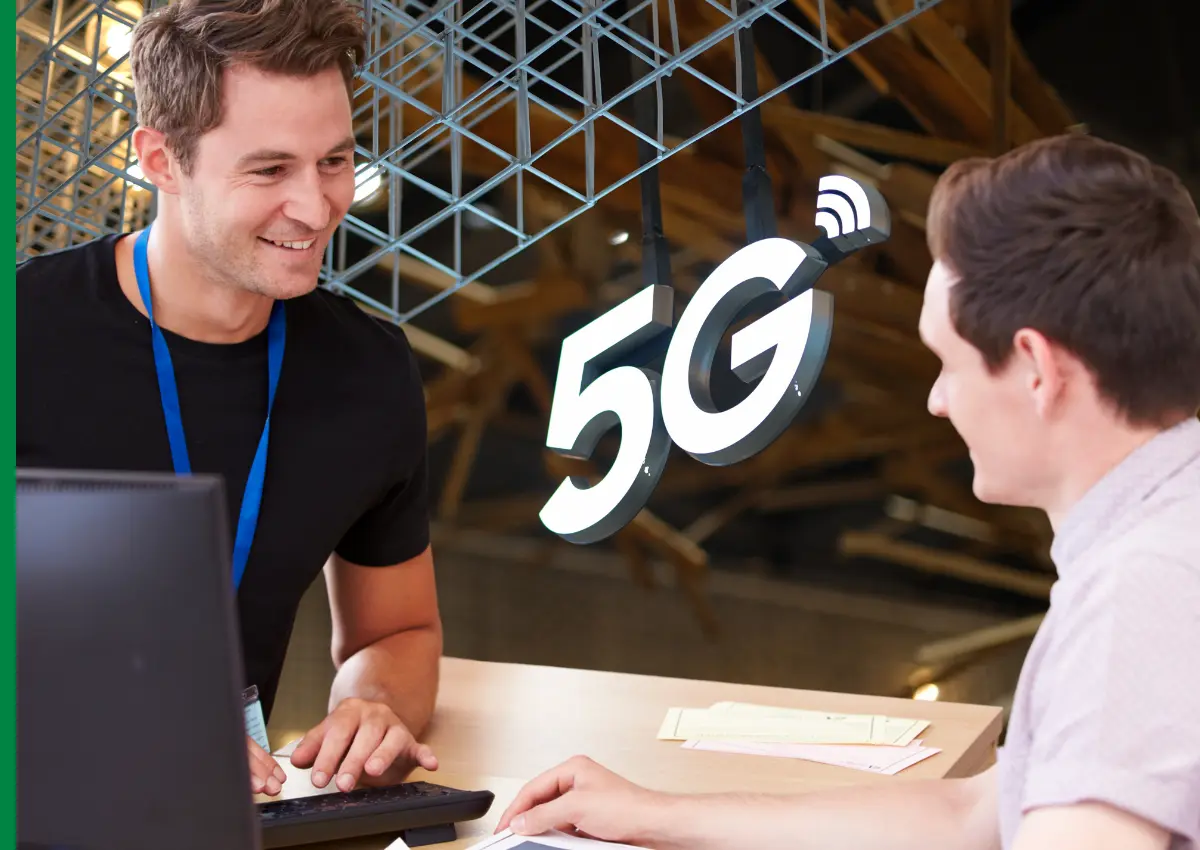The official launch of ChatGPT-5 is a historic moment in the development of artificial intelligence, which could transform the existence of virtually all 700 million weekly users of AI technology. According to its CEO Sam Altman, it is the next version and the company termed it as clearly a general model that is intelligently inclined and this is a massive step towards artificial general intelligence (AGI).
Among the most important moments in the world AI race, the release is marked by the tech giants, such as Google and Microsoft, who invest billions of dollars to uphold competitive advantages. The commitment of OpenAI to the democratization of advanced AI capabilities as well as the preservation of its industry leadership positions is reflected by the free release of the ChatGPT-5 to every user.
Game-Changing Features Making ChatGPT-5 Different
ChatGPT-5 ushers in revolutionary enhancements in the fields of reasoning, programming and self-directed task completion. The development team of OpenAI states that the model particularly performs well at AI agent capability, in which the model can perform complex computer tasks with minimum human involvement. The development is a major paradigm change with regard to reactive AI support to proactive problem-solving.
The improved reasoning capacity of the model enables it to sustain contextual understanding by offering long-term dialogue and taking up more complicated issues. Michelle Pokrass of the OpenAI development team indicated superior performance of the model completed in autonomous agent tasks, which also makes it favorable in the development of enterprise applications demanding persistent and intelligent automation.
Sam Altman’s comparison of GPT generations provides insight into the dramatic improvements: “GPT-3 felt like talking to a high school student, GPT-4 like a college student, but GPT-5 is the first time it really feels like talking to a PhD-level expert in any topic.” This evolution reflects years of intensive research and development, backed by substantial computational investments.
Vibe Coding—The Future of Software Development
One of ChatGPT-5’s most impressive features is “vibe-coding”—the ability to create complete software applications based on natural language descriptions. During the launch demonstration, OpenAI executives showcased the model creating a French language learning app from a simple conversational request, illustrating the potential for non-programmers to develop sophisticated software solutions.
This capability extends far beyond simple code generation. The model can write, test, and deploy complete applications, handling complex coding tasks that previously required extensive programming expertise. For developers, this means accelerated development cycles and the ability to focus on higher-level architectural decisions rather than routine coding tasks.
The integration with Microsoft’s development ecosystem, including GitHub Copilot and Visual Studio Code, ensures that professional developers can immediately leverage these capabilities within their existing workflows. Azure AI Foundry provides enterprise-grade security and compliance protections, making GPT-5 suitable for mission-critical business applications.
Enterprise Integration and Microsoft Partnership
Microsoft’s comprehensive integration of GPT-5 across its product suite demonstrates the model’s enterprise readiness. Through Microsoft 365 Copilot, business users gain access to advanced reasoning capabilities for email management, document analysis, and complex problem-solving within familiar productivity environments.
The partnership extends beyond simple integration. Microsoft’s AI Red Team conducted rigorous security testing, revealing that GPT-5’s reasoning model exhibits one of the strongest AI safety profiles among OpenAI’s previous models. This testing specifically evaluated resistance to malware generation, fraud automation, and other potential security threats.
Enterprise customers using Microsoft Copilot Studio can now build custom AI agents powered by GPT-5, enabling automation of complex business processes that were previously impossible to delegate to artificial intelligence. This capability positions organizations to achieve unprecedented levels of operational efficiency and innovation.
Safety and Trustworthiness at the Core
OpenAI has prioritized safety and reliability in ChatGPT-5’s development. Alex Beutel, OpenAI’s safety research lead, explained that the model underwent extensive training to prevent deception and maintain honesty in all interactions. The system generates “safe completions” that provide helpful information while avoiding potentially harmful applications.
This focus on safety extends to the model’s training methodology. Rather than simply maximizing performance metrics, OpenAI implemented comprehensive evaluations to measure and minimize deceptive behaviors. The result is an AI system that consistently provides accurate, helpful information while maintaining ethical boundaries.
The model’s safety features don’t compromise functionality. Instead, they ensure that the increased capabilities serve users’ best interests without enabling malicious activities. This balanced approach reflects OpenAI’s understanding that advanced AI systems require robust safety measures to maintain public trust and regulatory compliance.
Government Partnerships and Open Source Initiatives
OpenAI’s partnership with the US government, offering ChatGPT Enterprise to federal workers for just $1 annually, demonstrates the model’s potential for public sector applications. This collaboration through the US General Services Administration provides government employees with enterprise-grade AI capabilities while maintaining necessary security and privacy protections.
Simultaneously, OpenAI released two open-weight language models, gpt-oss-120b and gpt-oss-20b, available for free download and modification. This open-source approach addresses pressure from the AI community to share technological advances while maintaining OpenAI’s competitive position in proprietary model development.
These initiatives reflect OpenAI’s dual strategy: providing cutting-edge proprietary models like ChatGPT-5 while contributing to the broader AI research community through open-source releases. This approach balances commercial interests with the scientific collaboration that drives AI innovation.
The Path Toward Artificial General Intelligence
Although ChatGPT-5 can be considered a huge step towards AGI, Sam Altman considers that there are certain restrictions. The model is not in a constant cycle of learning, based on the deployment experiences, which Altman regards as one of the important components of true AGI. Nevertheless, the enhancement of the current capabilities acts as a basis of future improvements.
Altman claims orders of magnitude more gains from AGI in the future can lead to the conclusion that ChatGPT-5 is only an intermediate step. The high computational costs incurred in these developments exemplify the resource-intensive nature of the most breakthrough AI systems research.
The launch of ChatGPT-5 places OpenAI in the lead of the worldwide AI race, which will also offer immediate value to hundreds of millions of users worldwide. With businesses and people starting to experiment with these new opportunities, the practical effects of this technological change will prove more visible by the months to come.




